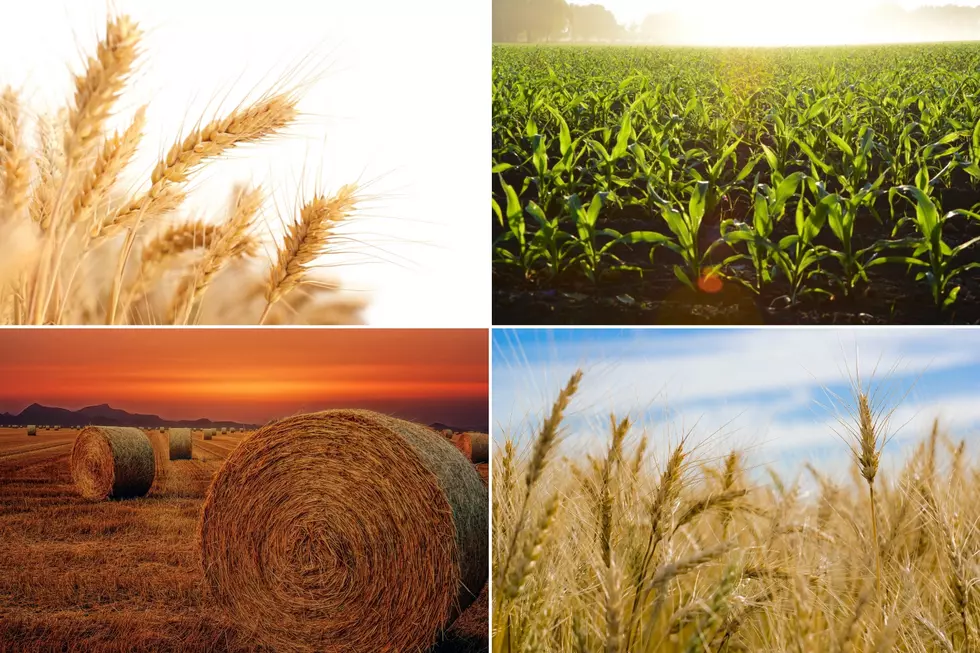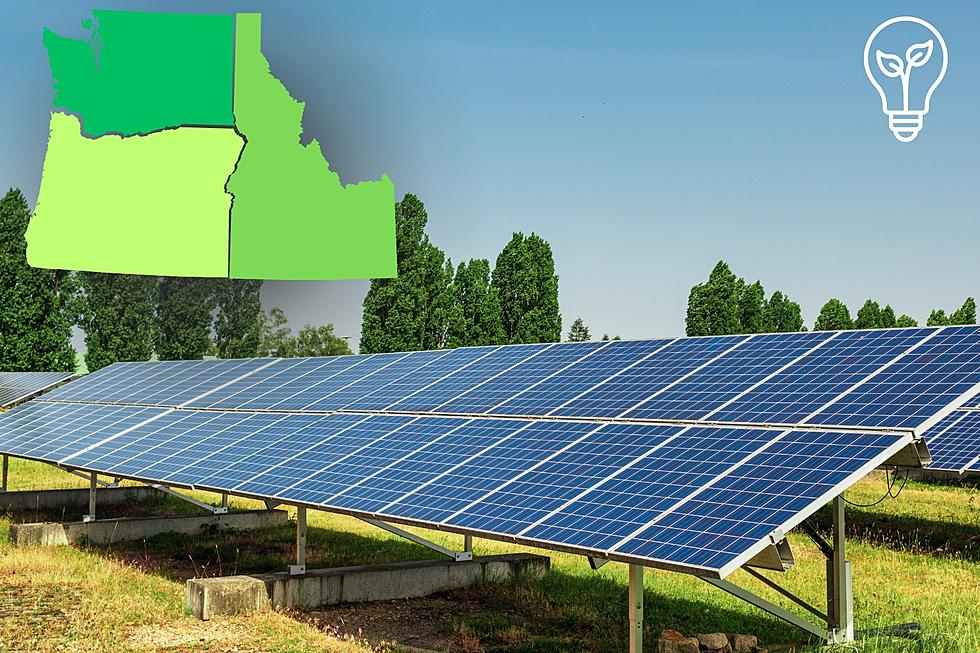
USDA Reports Shows Increasing Use of Cover Crops
Cover crops are an increasingly popular management practice among many U.S. farmers. The goal is to provide seasonal living cover between their primary commodity cash crops. Farmers plant those cover crops in the fall to provide winter cover for soil that otherwise would be bare.
The USDA’s Agricultural Resource Management Survey says over the past ten years, fall cover crop adoption has continued to grow. On fields growing corn for grain, 0.6% of the acreage used a fall cover crop before the 2010 crop. By 2016, 5.5% of the corn-for-grain acreage had a preceding fall cover, and by 2021, 7.9% of corn-for-grain acreage followed a fall cover crop. This represents a 44% increase in fall cover crop adoption on corn-for-grain fields between 2016 and 2021. The growth in the adoption of cover crops on cotton fields is similar, with a 46% increase between 2015 and 2019.
If you have a story idea for the PNW Ag Network, call (509) 547-9791, or e-mail glenn.vaagen@townsquaremedia.com
More From PNW Ag Network









